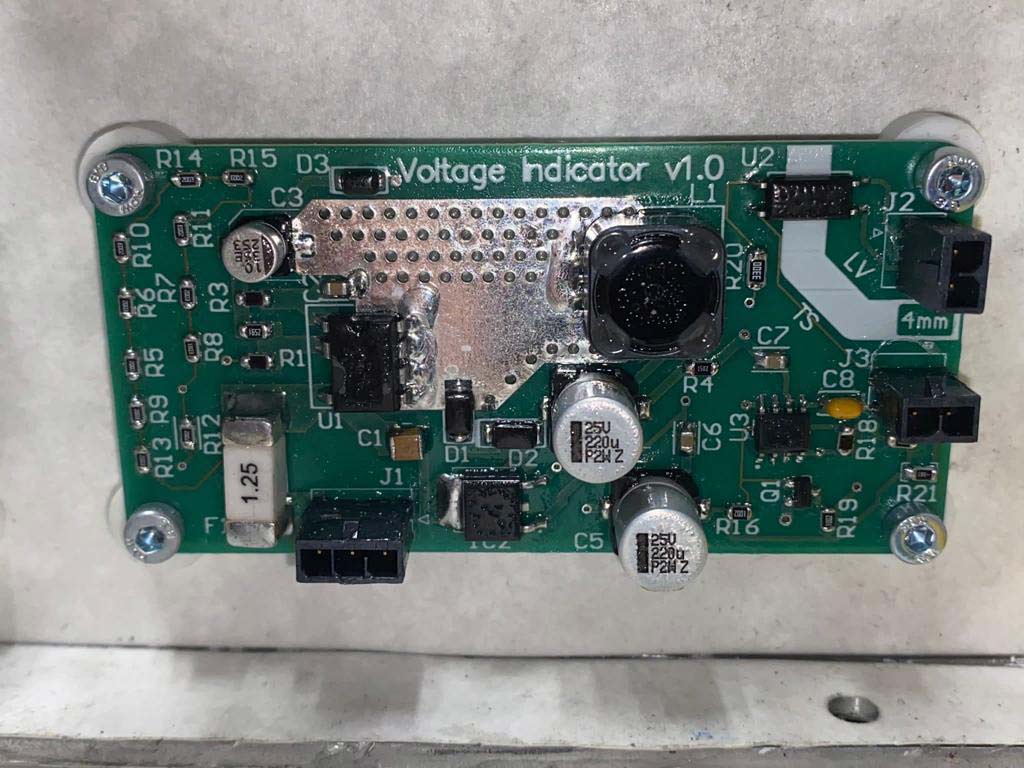Formula Student FEUP – Team Objectives and PCB Development
Formula Student FEUP is a team based in Porto, Portugal, that was established two years ago. Our team comprises 45 members, and we are currently in the final stages of developing our inaugural electric prototype. In the previous year, FSFEUP participated in both Formula Student UK and Formula Student Italia, securing the first and second overall positions in the concept class, respectively.
In the upcoming year, FSFEUP will participate in FSUK, FSG, and FS Portugal with our newly manufactured electric prototype. Our primary objectives as a team are to successfully pass all scrutineerings and ensure that our car completes all dynamic events. Accomplishing these goals will serve as a testament to the quality of our work and boost the team’s morale to forge ahead.
For our initial prototype, we opted for simpler solutions, utilising a single engine and a LSD mechanical differential system. Additionally, we incorporated a double wishbone suspension and a tubular steel chassis. In terms of the car’s electronic components, we prioritised reliability and functionality, selecting solutions that emphasise simplicity.
In this article, our team aims to provide a simple explanation of one of the PCBs supplied by Eurocircuits, focusing on the voltage indicator PCB. This particular PCB holds significant importance in the Formula Student regulations, as its primary function is to illuminate an LED when the voltage on the car’s accumulator exceeds 60 volts, indicating a potentially dangerous level.
One of the key challenges faced in designing this PCB is that it needs to be powered directly by the accumulator, which operates at a nominal voltage of over 388 volts. This necessitates reducing the voltage supplied to the LEDs. To address this issue, a DC/DC converter was incorporated into the circuit design to effectively lower the voltage.
When working with high-voltage converters, various construction considerations must be taken into account. This includes maintaining adequate spacing between components with dangerous potentials, while also ensuring efficient cooling of the switching element (mosfet). Here the quality of the PCB provided by Eurocircuits played a crucial role in plating all the vias in the heat dissipation area.
Given its small size, this PCB presents a significant manufacturing challenge, requiring utmost reliability in its production process.
For more information please visit the Formula Student FEUP website.










